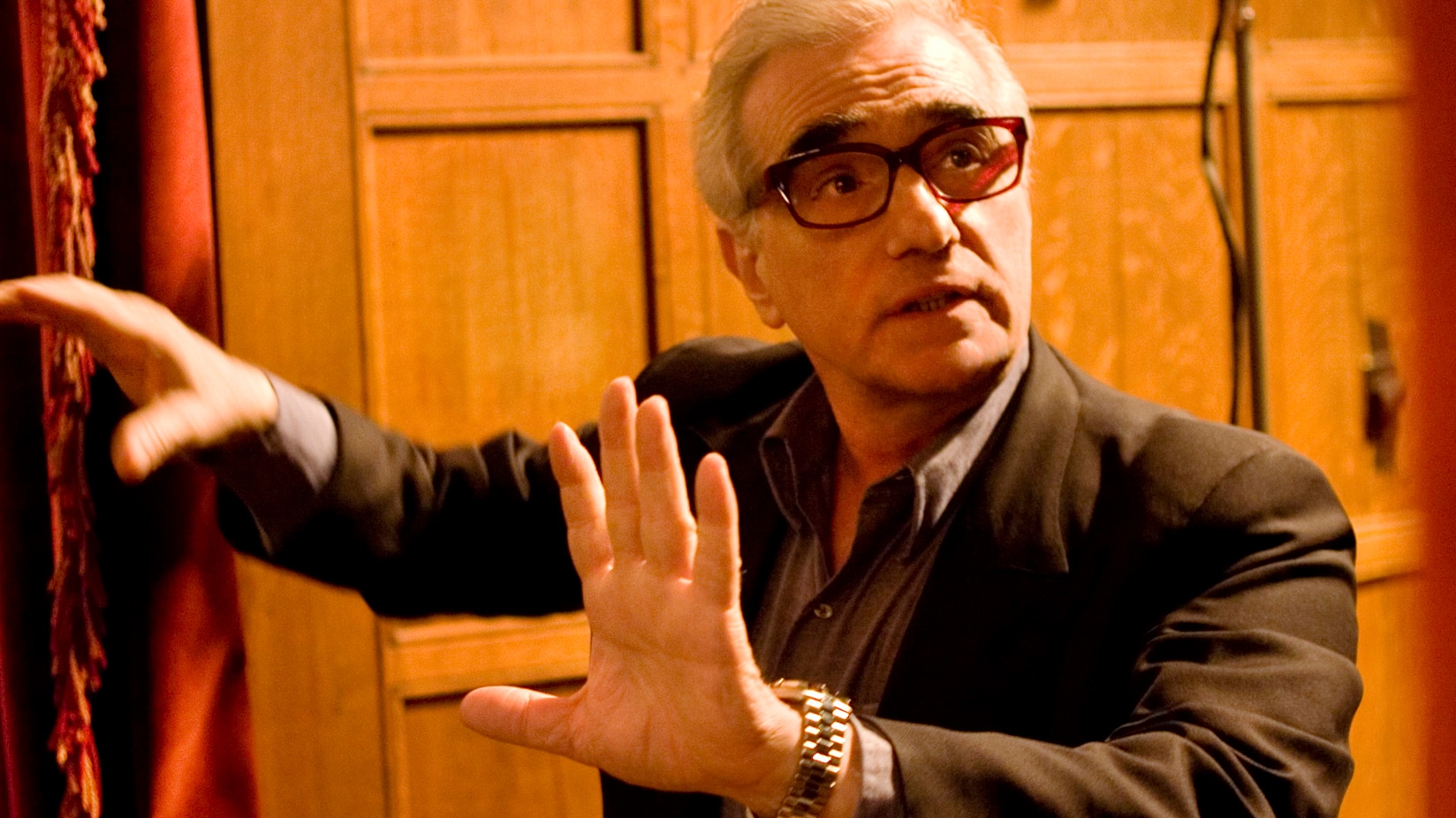This year’s annual TCM salute to the Oscars is dedicated to “winners”—every one of the 300+ pictures programmed this March has won at least one Academy Award. Of course, it’s commonplace to point out that Academy Awards are not always given to great films. A quick look at the list of pictures will tell you that.
But let’s consider the idea of “best” in general. Of course it’s gratifying to be nominated for an award, and it’s a nice feeling to win. Who would deny that? But in the end, it doesn’t have much to do with cinema. Is there really such a thing as the Best Film or Actor or Director or Writer of the year? The implication is that any given year in filmmaking is analogous to a sports season, in which teams are ranked, gradually eliminated, and then whoever takes the championship is the Winner. I can tell you as a filmmaker (and as someone who hates sports…all sports) that this has nothing to do with what we do or why we do it.
On March 25, François Truffaut’s Day for Night (1973), one of the best films ever made about filmmaking, will be shown. Truffaut’s picture is an extremely accurate portrait of the work of making a movie, which is all-consuming. It’s like a gravitational force, slowly building power and sometimes consuming the entire crew, until everything becomes a matter of doing whatever it takes, from stealing a hotel lamp for an upcoming scene to an actor falling passionately in love with their co-star.
Truffaut himself plays the director (brilliantly), and he makes his character hearing-impaired, a fascinating detail: he is zeroed in on looking and seeing, at all times. At night, he has anxious dreams about measuring up to his heroes, Orson Welles in particular (Citizen Kane (1941) is showing on March 6). But by day, he just keeps moving forward, getting his movie made.
In his last days, Truffaut gave a radio interview in which he said that making a movie is like entering a fugue state. The moment the countdown begins to the first set-up on the first day of shooting, you go into the state and you stay there until you come out the other end. That kind of all-consuming passion for living the film into being has nothing to do with budgets or levels of prestige.
Midnight Cowboy (1969, March 31) and Through a Glass Darkly (1961, March 17) were made on relatively tight budgets; Giant (1956, March 30) and Lawrence of Arabia (1962, March 26) had luxurious budgets and shooting schedules—and all four pictures were made by obsessed artists who had to get their pictures made, working in close harmony with actors and artisans and technicians, many of them doing excellent work in crucial jobs for which the Academy gives no awards. The films won accolades, the winners celebrated, and what happened the next morning? I can only make an educated guess about the directors, based on my own experience, that they started obsessing about their next picture.














